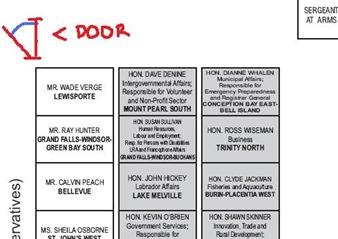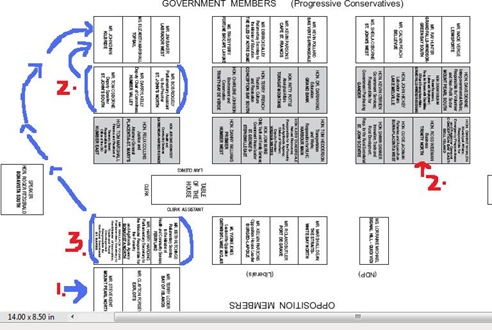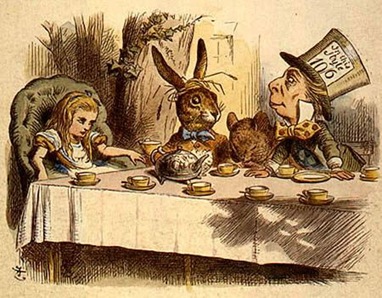Sometimes, things that don’t appear to be connected things scream out to be connected.
Take, for example, a piece last weekend in the Globe on one of the legends in the newspaper business. Harry Evans was in Toronto flogging his memoir, My paper chase. He thinks that news is whatever anyone tries to suppress. “Everything else is advertising, ” he contends.
On the same weekend, a Telegram editorial revealed that the local daily tried to get government polling results this past August but came up with six blacked-out pages. Proprietary information don’t you know and there was just no way the government could release stuff that belongs to a third party and still comply with the province’s access to information act.
News is what The Man wants to suppress, sez Harry.
Not in this case.
That story of the blacked out bits - the suppressed bits - never made it to the news pages. The Telly did run a story last September based on a few pages of numbers that the government did happily send out but the full-on research report story doesn’t seem to have made it to the news section.
And the story that did appear took such a high-level picture it missed some of the details within the numbers they did have. It wound up telling you – in the very first two sentences - that:
Residents of the province are split on their satisfaction with the government's handling of health care, according to recent polling commissioned by the Williams administration.
Satisfaction levels in other areas, however, remain high.
This is hardly news for anyone who has been reading the CRA polls as if they actually had something to say that didn’t exaggerate the actual results they got. The rest of the story didn’t add anything else.
Now this way of handling the suppression of polling information is rather odd. The questions being asked would potentially be very controversial stuff. After all they were questions like:
- Do you think Newfoundland and Labrador has benefited since joining Canada in 1949?
- Do you know anybody who's left the province to work in Alberta in the past six months?
- Do you consider yourself foremost a Newfoundlander, a Canadian, or something else?
and according to the Telly-torial:
Other questions touched on topics such as the phasing out of pesticide use and the image of the commercial seal hunt.
All pretty obviously related to public policy and all pretty obviously no the stuff covered by section 27: “trade secrets of a third party, or … commercial, financial, labour relations, scientific or technical information of a third party…”. Yet that was the basis on which the provincial government kept the information secret.
So at the end of it all we wind up with information being suppressed and the story about the suppression winding up as an editorial. And the bit on polling that did wind up on the news page was little more than the usual advertising copy that polling results have become in this province’s news media. Sometimes the ad copy comes with third-party endorsements from people supposedly with absolutely no connection to the subject of the story either.
Not so long ago, such blatant suppression of information that legitimately belongs in the public domain using a trumped-up excuse would have prompted a much sterner response and not one confined to the editorial page.
Things have changed, though, as Harry noted and as pretty well everyone dealing with news media can tell you. The change is not glacial, either, well at least not the way glaciers used to melt in the days before Al Gore. Rather the transformation of newsrooms is as easily seen as the curious drop in online viewers highlighted by a couple of earlier posts.
The pressures in newsrooms are well known.
Other stuff that adds to the pressure may not be so well known or sufficiently appreciated for what they are and what they do: the nasty - and often-time orchestrated – comments, short public attention spans and memories, The Attitude about advertising and what it buys, and even editors who publicly criticise the milquetoast reporting of today as too aggressive. All add up such that it becomes much much harder for the crowd in the newsroom to do what Harry did and what many of the reporters and editors might like to do.
This is not a local phenomenon alone. It is also something that isn’t confined to one single outlet and it certainly isn’t affected by corporate ownership. The problem applies as equally to news outlets owned by large corporations as it did to a locally-owned vanity publishing enterprise that died twice. So-called independent media, that is stuff that isn’t corporately owned, also brings its own problem of rather strong ideological biases.
This is not a post which reaches a logical or orderly conclusion. Frankly, your humble e-scribbler can only note the phenomenon just as with the curious drop.
But there is no mistaking the connections among a bunch of things you might not think were actually related.
-srbp-





